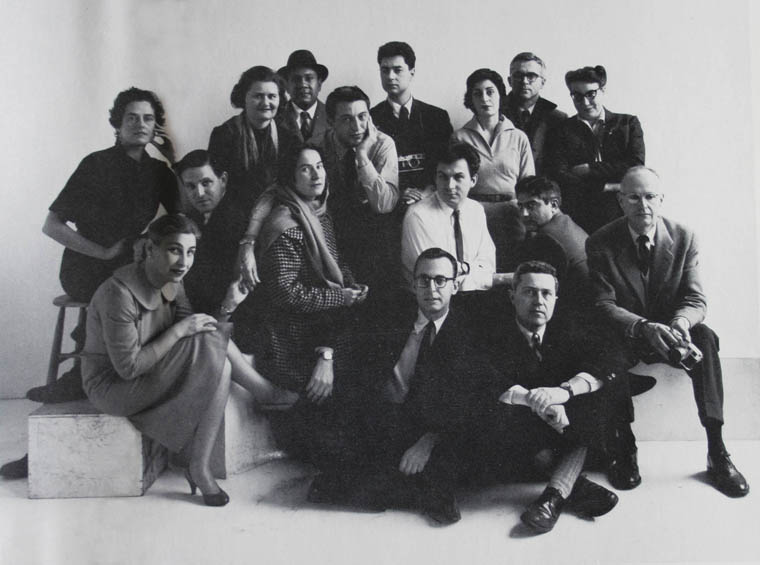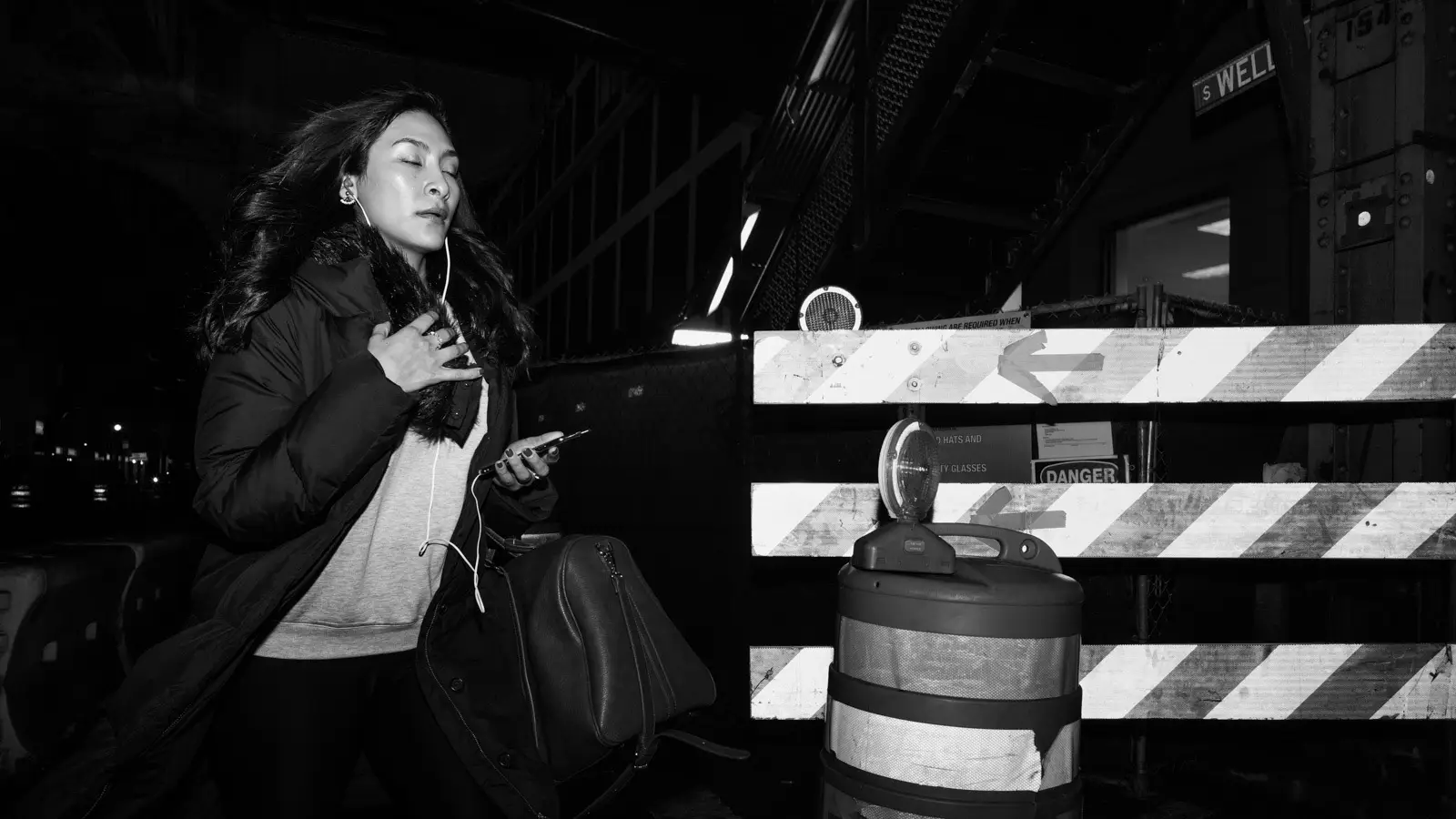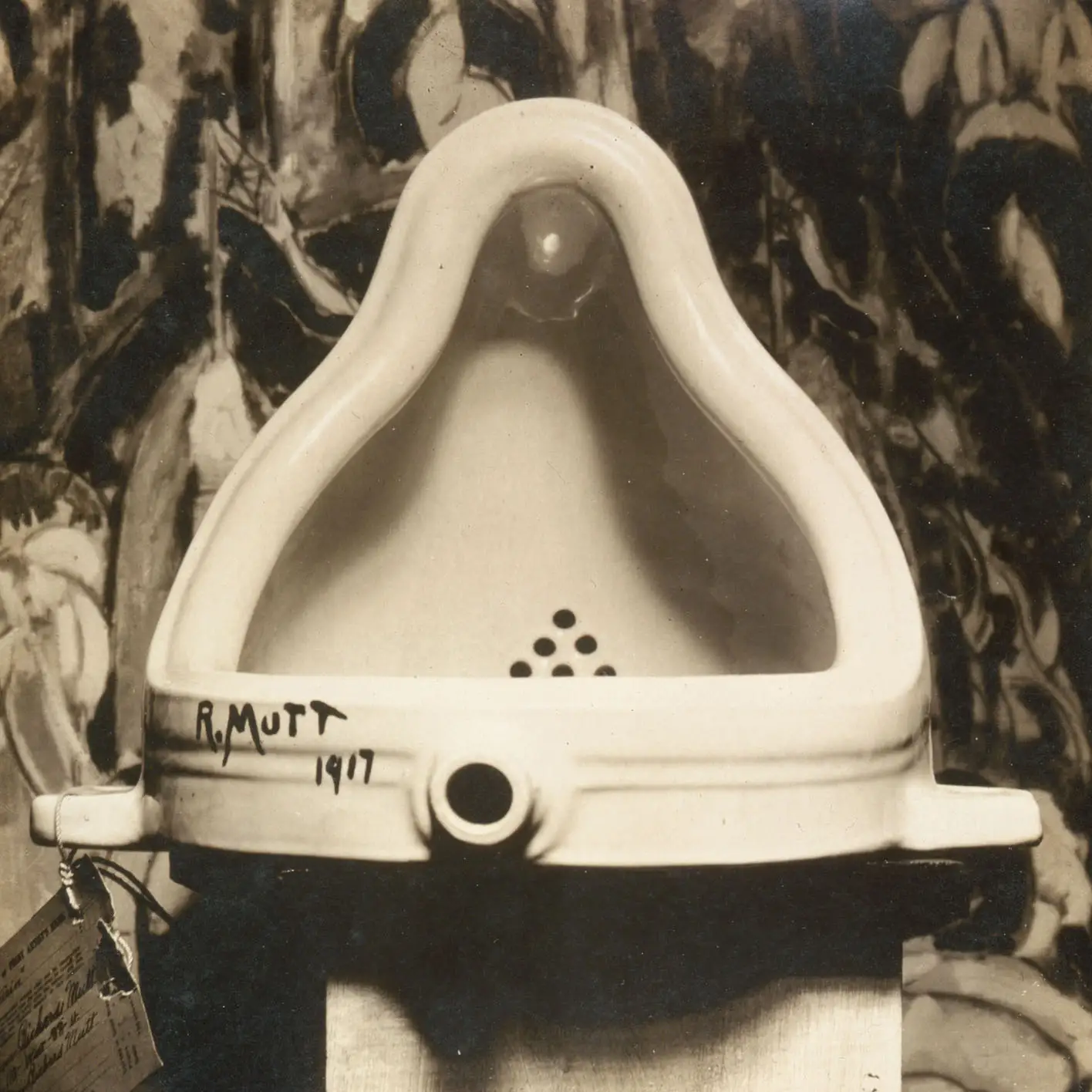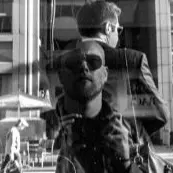Uta Barth
If you are interested in clear, crisp, in-focus photographs, you are not looking for Uta Barth. Her work consists of blurred images that almost seem to be missing their subjects. In fact, part of Barth’s aesthetic is to make the viewer part of her art by having him or her looking for a picture’s subject(s).
A Brief Biography of Uta Barth
Born in Berlin on January 29, 1958, Uta Barth moved to the U.S. as a teenager. In 1982, Barth received a B.A. degree from the University of California and subsequently received her M.F.A. from the University of California, Los Angles in 1985.
Since 1990, Uta Barth has been a professor in the Art Department at the University of California, Riverside.
Uta Barth’s Photographic Technique
Unlike most other photographers who focus on tangible subjects in their work, Uta Barth produces photographs that give the impression that the image is out of focus because the camera’s attention is elsewhere.
This technique challenges the viewer to try to determine the camera’s point of focus, many times creating the illusion of an extreme close-up. Uta Barth points out that blur, or objects being out of focus due to a shallow depth of field, is an optical condition that works the same way in the eye as it does with a camera. Because the eye is constantly shifting its focus, we rarely notice this phenomenon.
By creating photographs that mimic the blurred images in our periphery, Uta Barth hopes to create a familiar feeling, having the viewer fill the emptiness of the image while feeling an appreciation for the everyday objects that we no longer “see.”
The Works of Uta Barth
Many of Uta Barth’s individual photographs are untitled, meaning that most of her work is discussed by series, as opposed to individual shots.
Although Uta Barth is known for her blurred work, most of her early work did not have these same characteristics. As shown in a series of self-portraits at the Los Angeles Institute of Contemporary Art (1987), Barth’s early work focused on the gaze.
With her 1988-1989 series Untitled, Uta Barth began to experiment with photographic abstraction, combining painting and preexisting photographs into her artwork.
Ground (1992-1997) and Field (1995) were the first series in which Uta Barth truly displayed the technique for which she has become known. In Ground, Barth presented blurred images of landscapes and interiors that implied the subject was missing from the photograph. The images in Field gave the impression that there was movement in the foreground of the photograph.
Barth photographed blurry images from her living room window over a 12-month period of time to create the 20-piece nowhere near series (1999). Using other images in her home, Barth also created the and of time series (2000).
In 2002, Uta Barth used a group of branches and a telephone wire in the distant background of photographs to create the untitled series (2002).
Collections and Honors
Uta Barth’s work has been exhibited throughout the world. Her photographs are part of numerous permanent collections including:
- Guggenheim Museum (New York)
- Metropolitan Museum of Art (New York)
- Museum of Contemporary Art (Chicago)
- Museum of contemporary Art (Los Angeles)
- Museum of Modern Art (New York)
- Tate Gallery (London)
- Whitney Museum of American Art (New York).
Recognized for her contributions to modern photography, Uta Barth has also received several grants and fellowships including:
- National Arts Association (1983-1984)
- National Endowment for the Arts Fellowship (1990-1991)
- Art Matters Inc. (AMI) Grant (1992-1993)
- Visual Art Fellowship (1992-1993)
- National Endowment for the Arts Fellowship (1994-1995)
- John Simon Guggenheim Fellowship (2004-2005).



